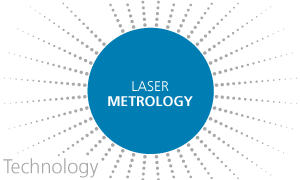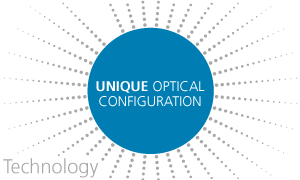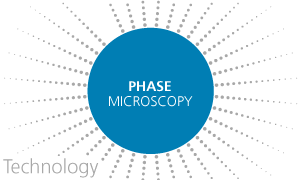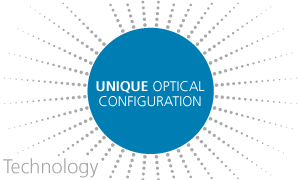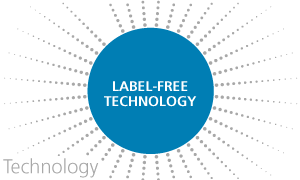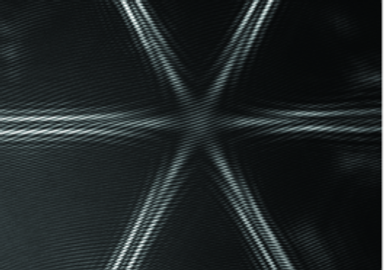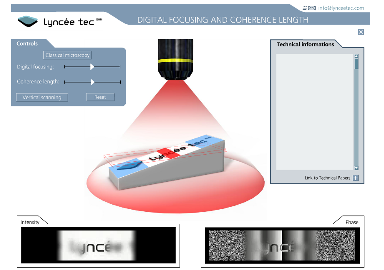Label-Free Technology
Measure without disturbing your sample with DHM®.
Performing interaction-free measurements is a fundamental concern for scientists for many centuries. Time-lapse experiments, studies on complex cellular membrane equilibrium, or investigation of component toxicity and of cell viability are not fully convincing if the results are influenced by the measurement method. A strictly non-invasive measurement method is the expectation of each biologist and is possible with DHM®.
Does DHM® need cell labeling?
DHM® does not require any use of label: no need of fluorescent dyes, no need of radiotracers, and no need of nanoparticles. This prevent interference from potential toxicity of labels. In addition imaging is achieved using low-cost classical imaging plates available in the commerce.
Does DHM® irradiance damage cells?
DHM® cells irradiance is smaller than 1 milliwatt/cm2. It is not a focused beam, the energy is distributed over the full field of view. Typical illumination intensity of fluorescence microscopy is typically 100 times higher for wide fields, and 109 higher for confocal scanning microscopes because of the energy concentrated at the focal point. Such energy may damage viable cells as a result of interaction between fluorescent dyes and excitation light. In their excited state, fluorescent molecules tend to react with molecular oxygen to produce free radicals that can damage sub-cellular components and compromise the entire cell.
Does DHM® induce local cell heating?
Absorption of light can produce local heating of the cells and damage them. DHM® uses red laser light and cells do not absorb this wavelength range, on the contrary to blue and UV wavelength. Therefore no damage or heating occurs.
Can we keep the cells in environmental chambers during DHM® measurements?
Yes, DHM® can measure through the environmental chamber window, and does not require any labeling or modification of the culture medium. DHM® is thus a strictly non-invasive method and is therefore an ideal method to characterize biological processes of living cells either with single images or with long time-lapse recordings.

